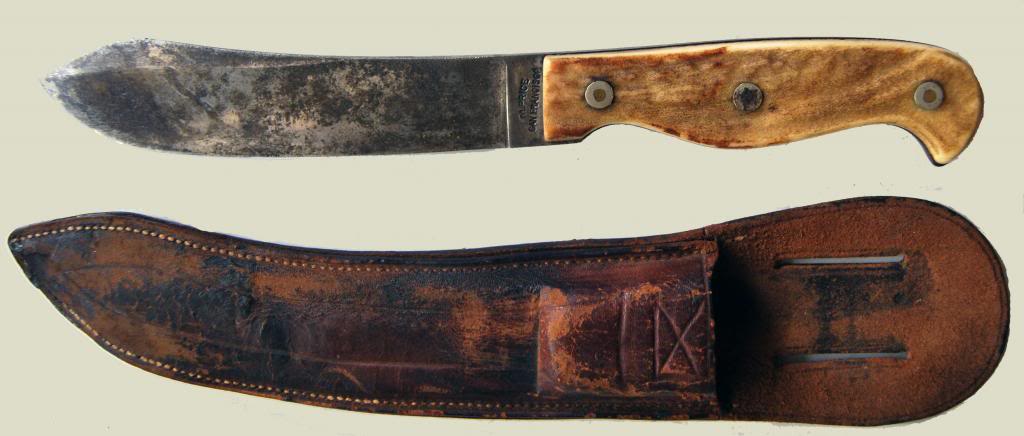At least for Texas & the SW, I suspect that the ordinary emigrant was carrying whatever knife that he could afford to buy or trade for (and at least early here in TX, the emigrants were mostly "dirt poor" & looking to start over.) - Most likely, that knife was a CHEAP English-made butcher knife.
Few emigrants were as "well off" as COL Jim Bowie, COL David Crockett or (Secretary of the Texas Navy) Robert Potter were & could afford to buy a custom-made blade.
(The first married couple in our family that arrived in Eastern New Spain in 1818 came from Holly Springs, MS with everything that they owned tied behind their saddles or packed on the "good young red mule" that the bride received as a wedding present. - Those young newlyweds were MUCH "better off", with 2 horses, a mule & "more than the clothes on their back", than MOST emigrants to New Spain, early Mexico & Texas. = Many an emigrant got to TX on "shank's mare".)
yours, satx







